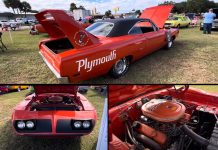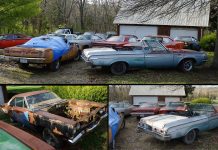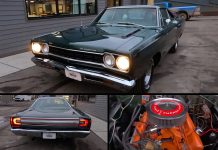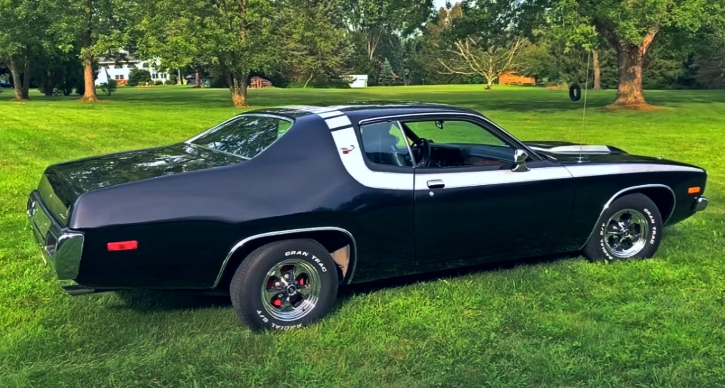A Glimpse Into Daimler’s Rich History
Daimler, founded in 1896 by H.J. Lawson, holds a significant place in Britain’s automotive history. Acquiring the rights to the Daimler name from Gottlieb Daimler, the company established its manufacturing hub in Coventry.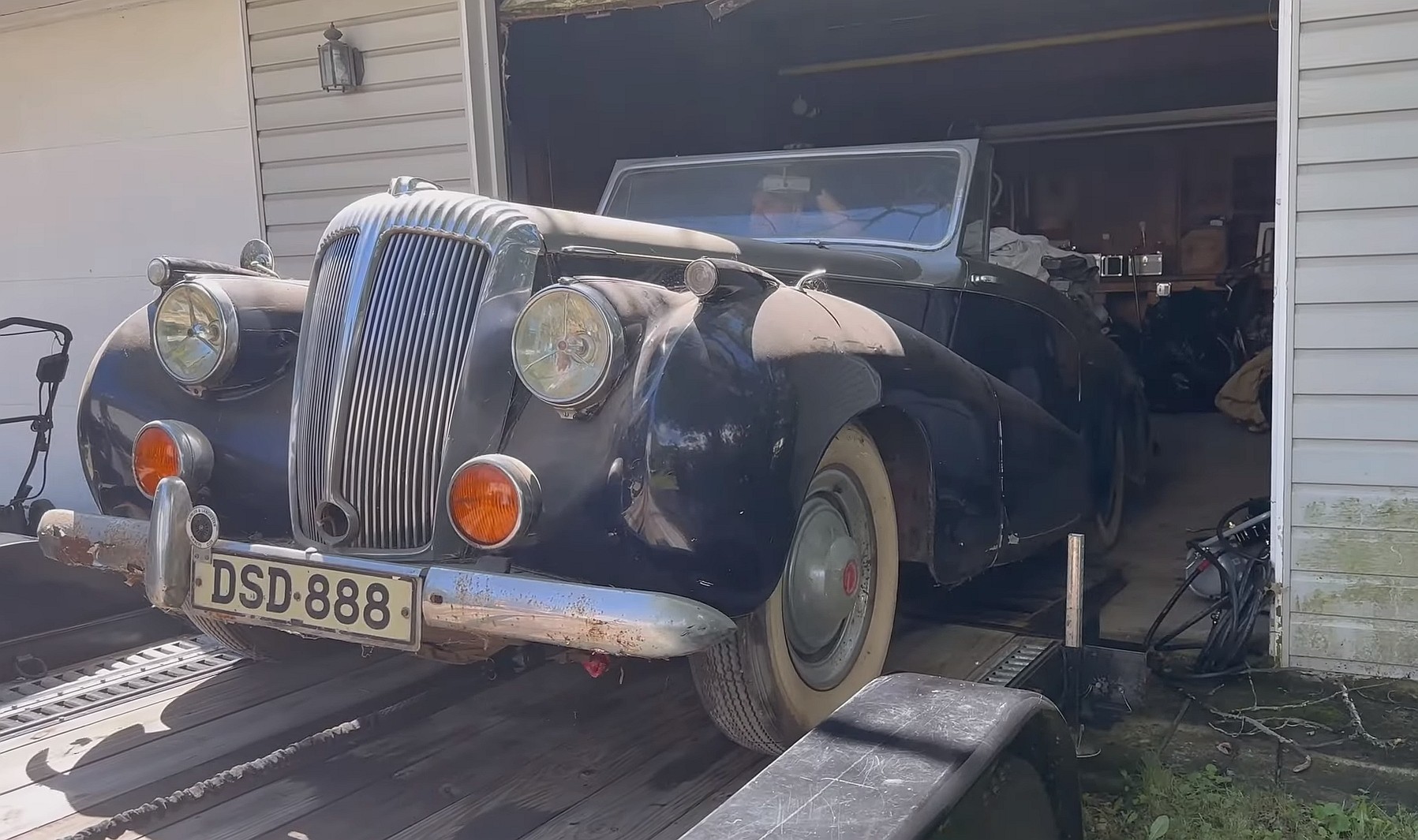
Regal Beginnings
In 1902, Daimler received a Royal Warrant, granting it the honor of providing automobiles to the British monarchy, a distinction it held for decades. By the 1930s, Daimler had cemented itself as one of Britain’s prominent automakers, yet its fortunes shifted following World War II.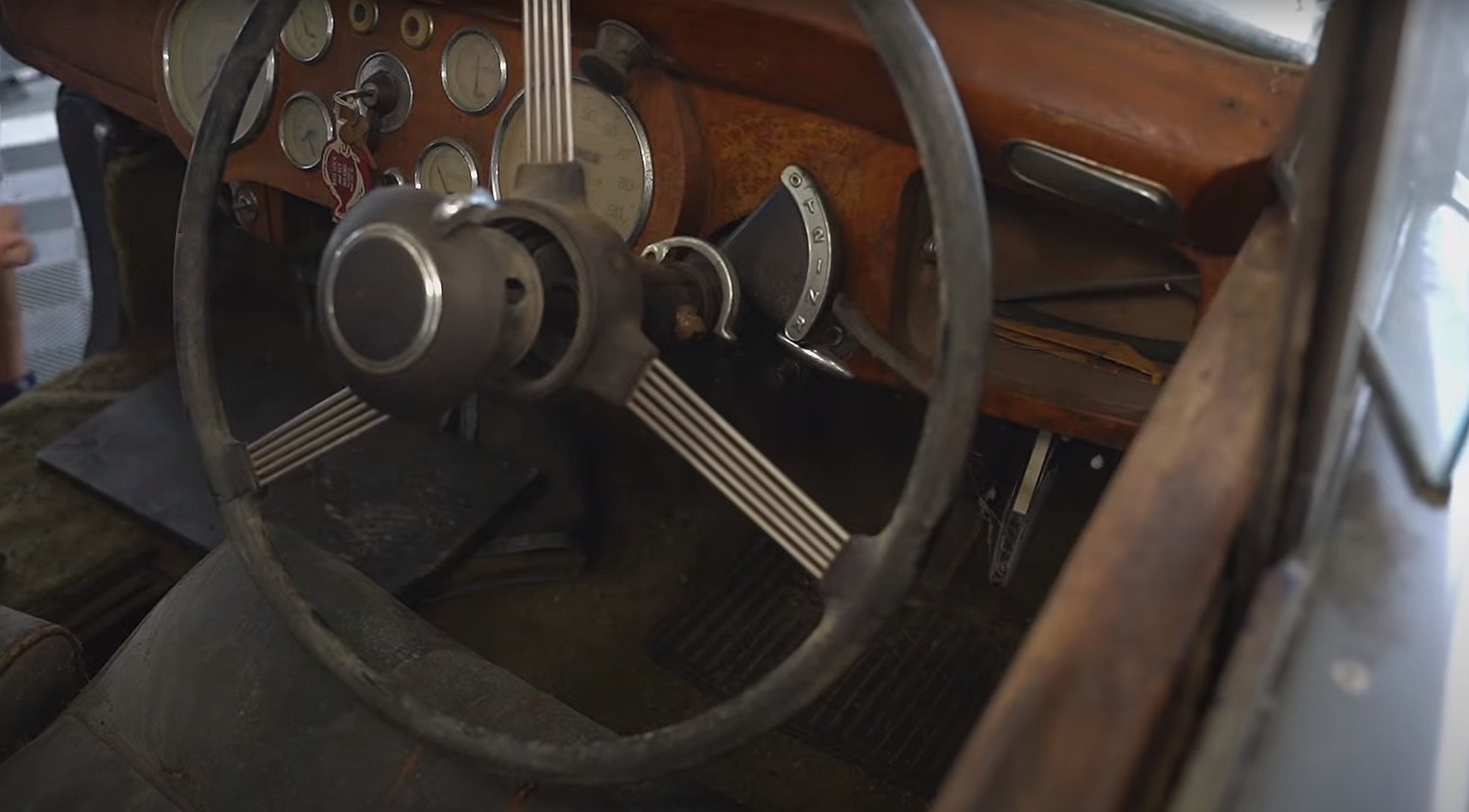
Changing Hands
Jaguar’s acquisition of Daimler in 1960 marked a pivotal moment. Subsequently, Daimler became part of the British Motor Corporation in 1966 and British Leyland in 1968. The brand remained under Jaguar’s umbrella when Ford took over in 1989, later passing into the hands of Tata Motors in 2007. After a legacy of offering Jaguar-designed models, Daimler entered a state of dormancy in 2010 with the discontinuation of its last automobile, the Super Eight.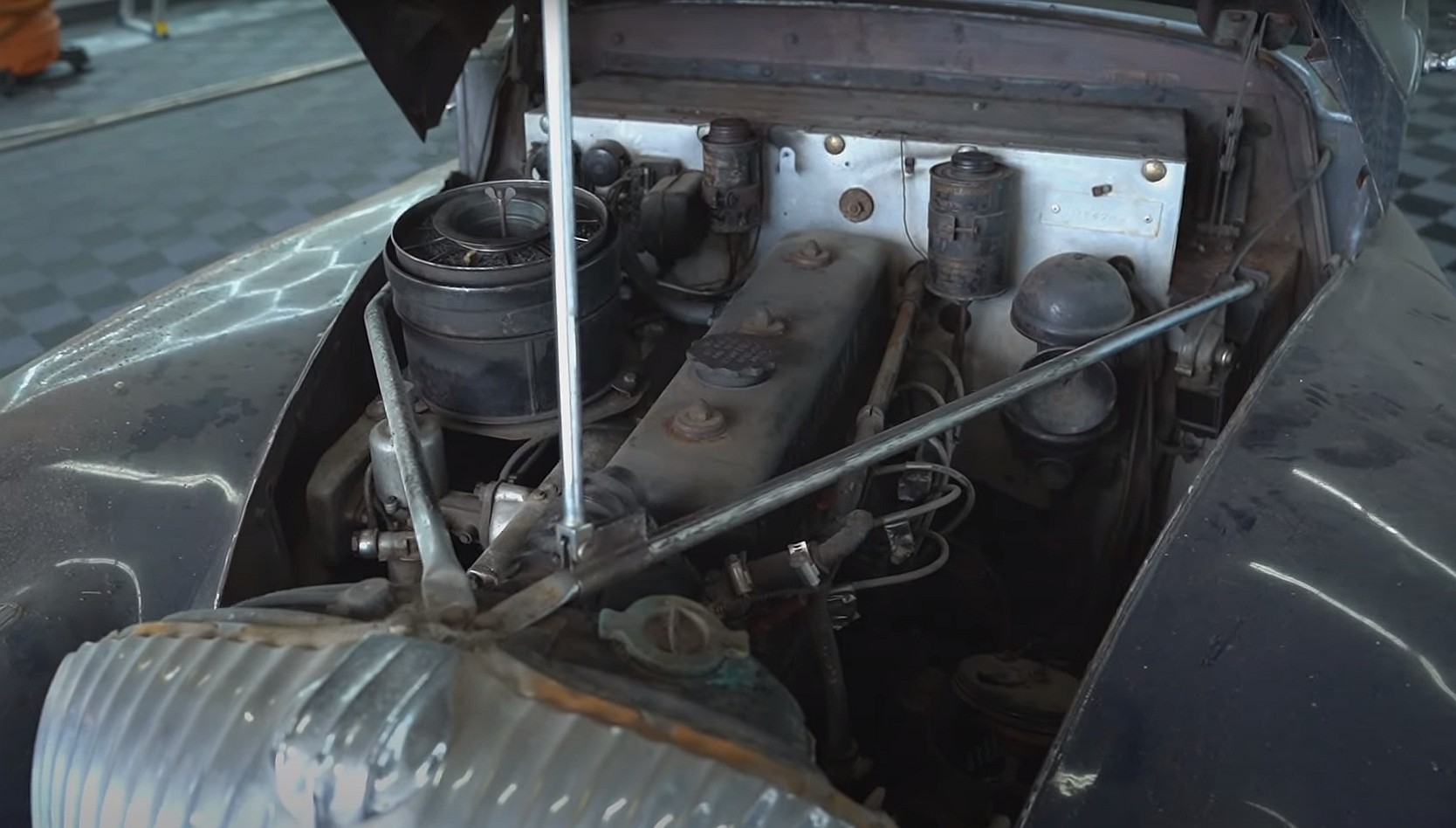
Unveiling Daimler’s Classics
While not as globally renowned as Rolls-Royce, Bentley, or Aston Martin, Daimler crafted several noteworthy automobiles. Many were based on Jaguar platforms from the 1960s, while others trace their origins back to the pre-World War II era. The DB18, a distinguished model in Daimler’s lineage, holds a particular allure.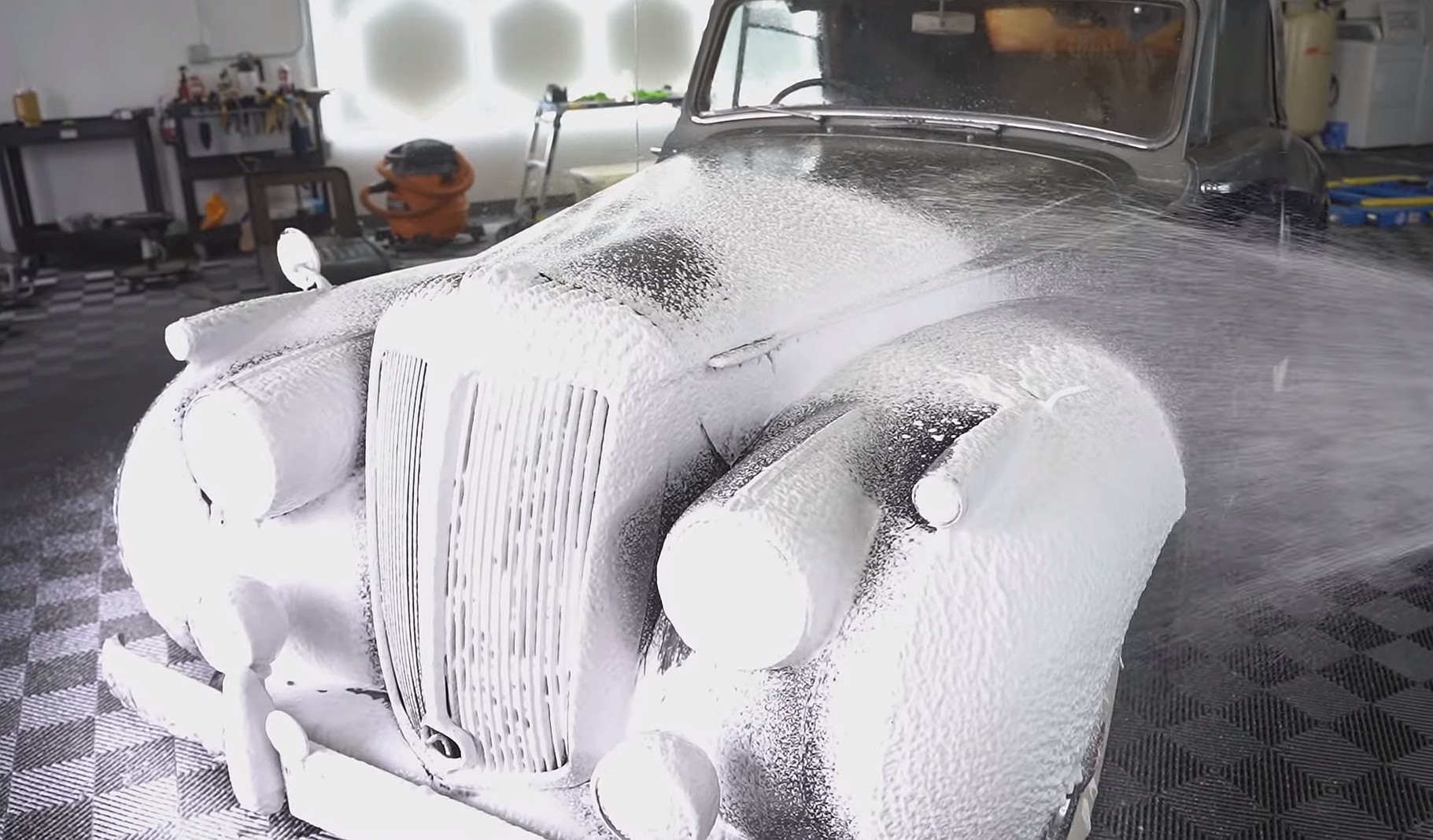
The Remarkable DB18
Emerging in 1939 as a successor to the New Fifteen, the DB18 was initially known as the Daimler 2 1/2 Litre. It underwent revision in 1949, assuming the name Consort. The DB18 gained prominence through its association with Sir Winston Churchill, who campaigned in a 1939 drophead coupe version during the 1945 and 1950 general elections. Additionally, the series produced limousines for British embassies and consulates in Europe.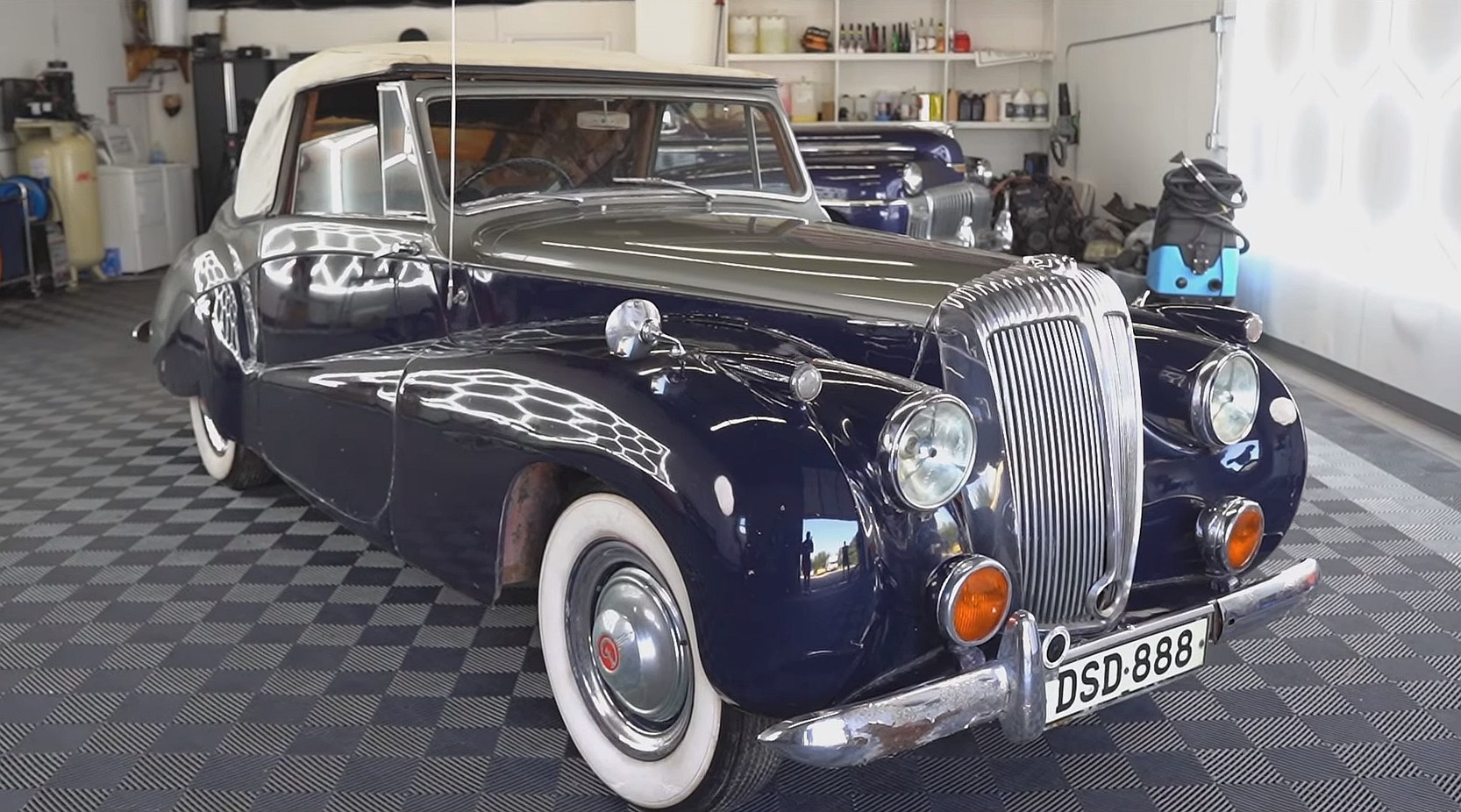
A Rarity Rediscovered
In total, Daimler manufactured approximately 1,025 DB18s before the outbreak of World War II, with an additional 8,213 post-war. These figures underscore the DB18’s rarity, especially considering the survival rate of 1940s and 1950s automobiles. The elusive two-door Sport Special version, with only 633 units produced, remains a sought-after classic. The survivor showcased here stands as a testament to this rarity.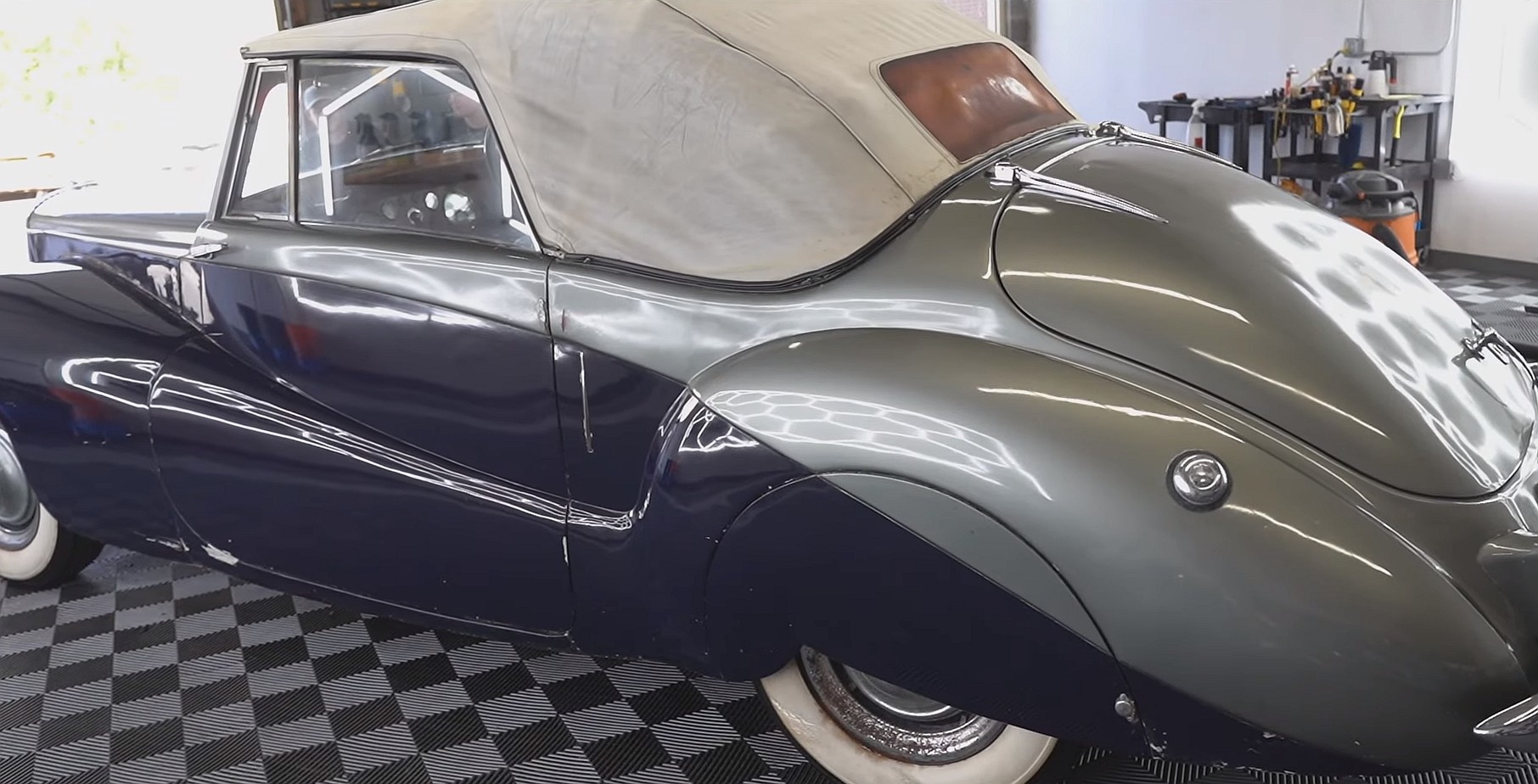
From Barn Find to Time Capsule
This silver and blue drop-top DB18 had spent the past several decades nestled in a barn. However, it emerged as a resilient survivor with the promise of rejuvenation. An extensive cleaning process, orchestrated by the skilled hands at “WD Detailing,” transformed it into a captivating time capsule.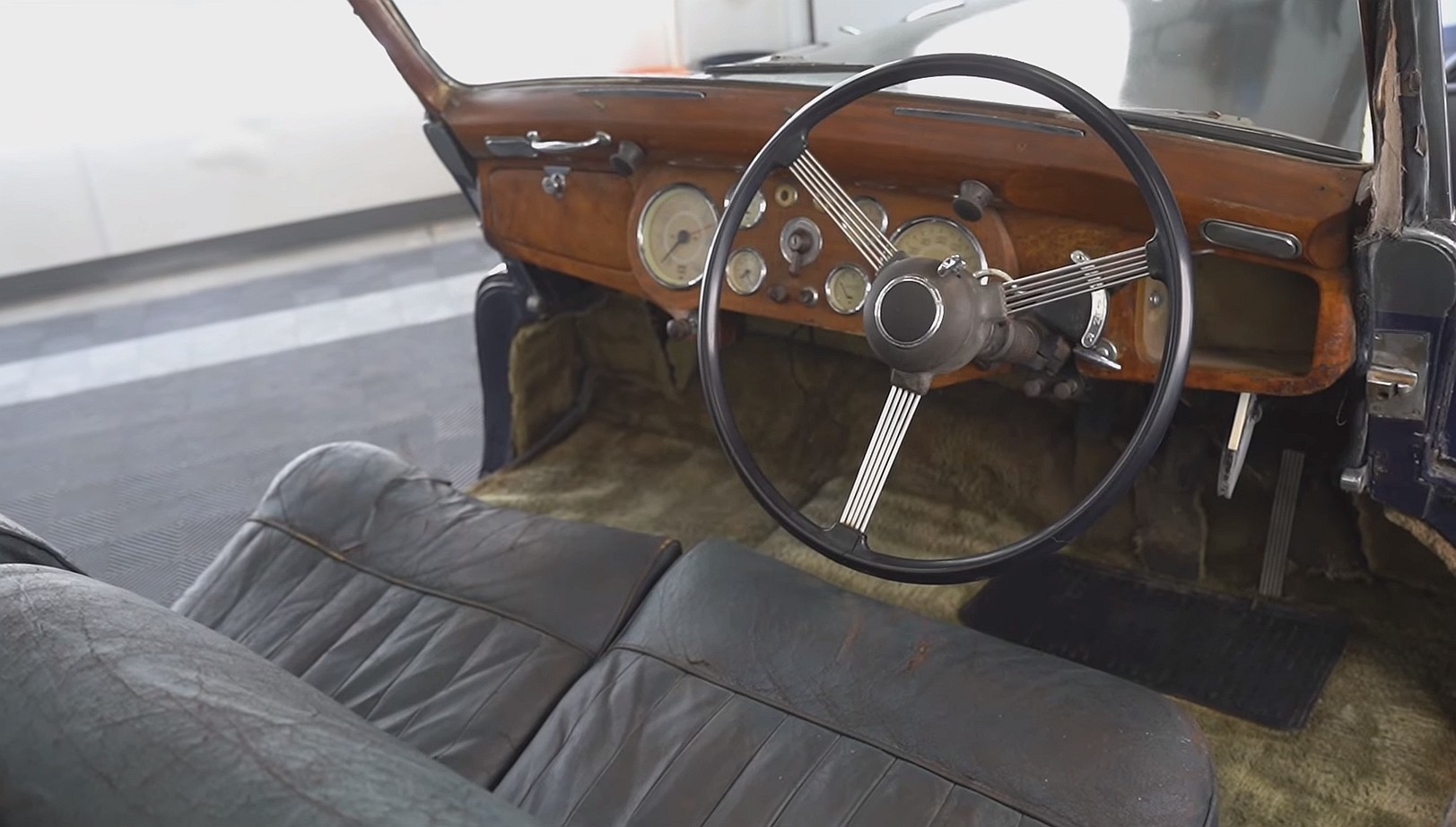
A Noble Retirement
While bearing the marks of time such as surface rust, dulled chrome, and weathered interior, this convertible stands as a remarkable, unrestored DB18 / Consort. Nevertheless, it won’t grace the streets again anytime soon. The owner made a benevolent decision to bestow it upon the Crawford Auto Aviation Museum in Cleveland, Ohio, where it shall spend its retirement among fellow classics. A fitting destiny for this rare gem from the 1950s.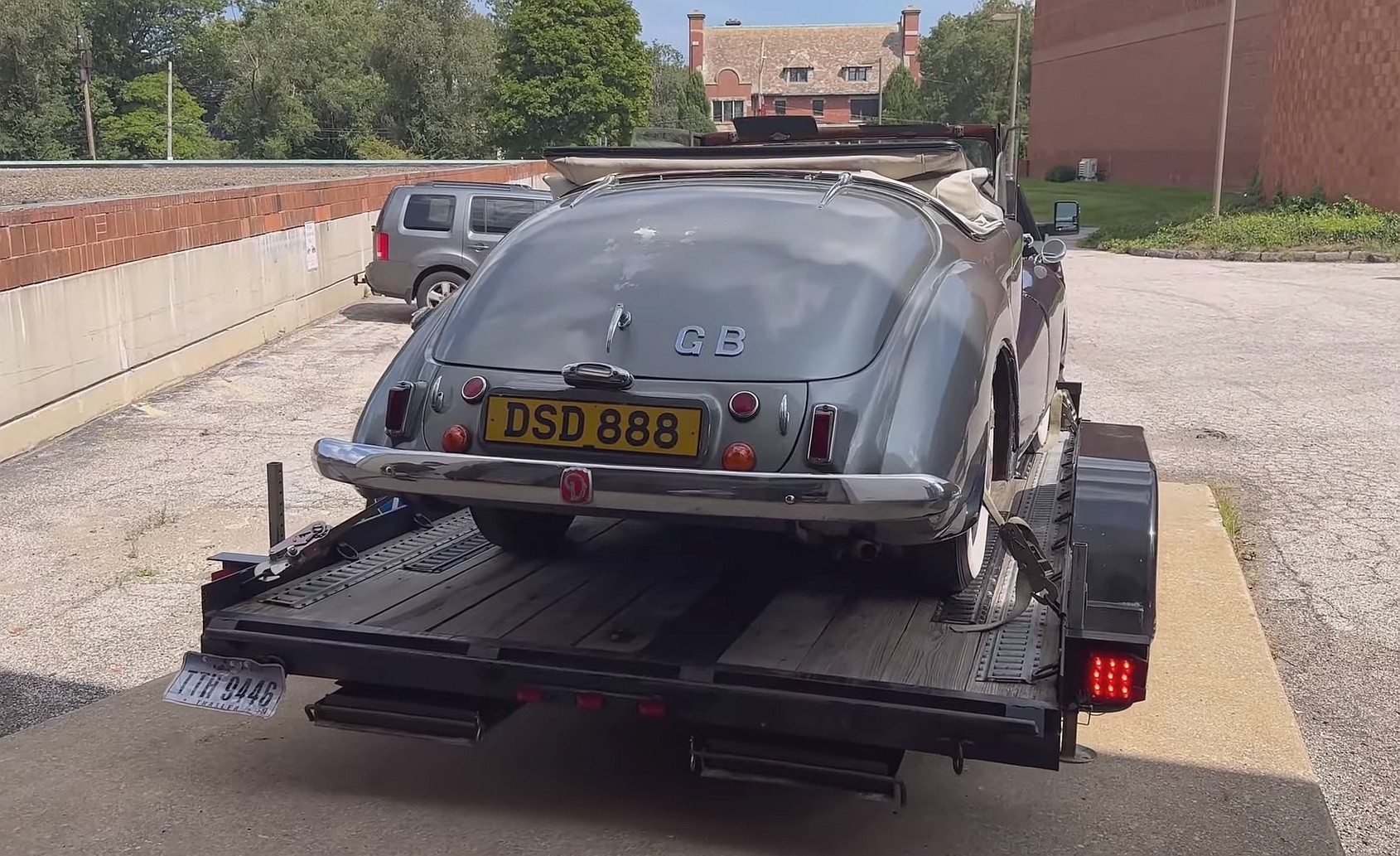
FAQs:
Q1: Who founded Daimler, and where did the company set up its manufacturing base?
A1: Daimler was established in 1896 by H.J. Lawson, with its manufacturing base in Coventry, United Kingdom.
Q2: What distinguished Daimler’s history in 1902?
A2: In 1902, Daimler was granted a Royal Warrant to supply automobiles to the British monarch.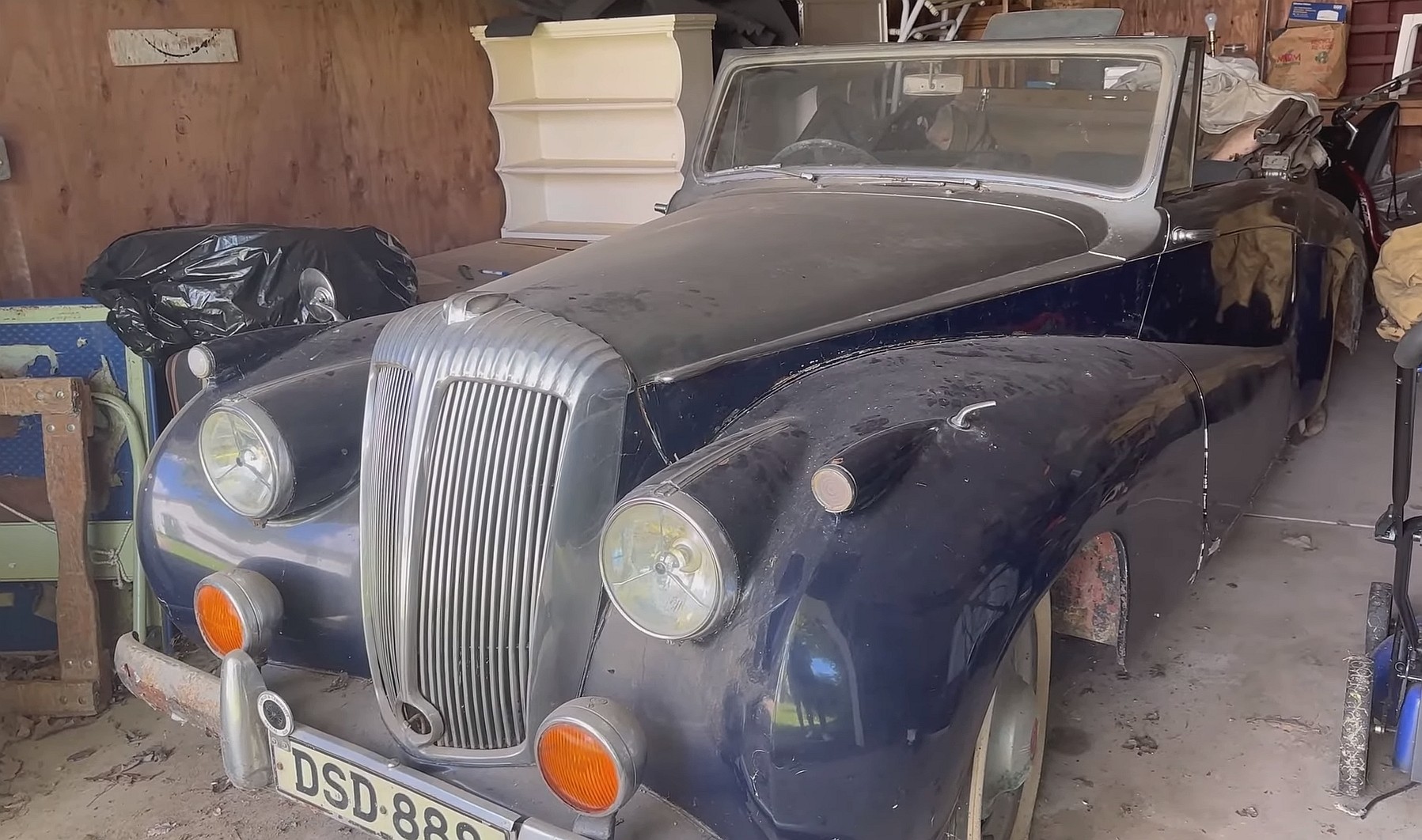
Q3: When did Daimler become a part of Jaguar, and under which automotive groups did it subsequently fall?
A3: Jaguar acquired Daimler in 1960. Daimler later became part of the British Motor Corporation in 1966, British Leyland in 1968, and remained within Jaguar even after Jaguar’s acquisition by Ford in 1989 and later by Tata Motors in 2007.
Q4: What was the final Daimler model, and when was it discontinued?
A4: Daimler’s last model, the Super Eight, was discontinued in 2010.
Q5: What famous figure was associated with the DB18, and how many examples were produced?
A5: Sir Winston Churchill campaigned in a 1939 DB18 drophead coupe during the 1945 and 1950 general elections. Daimler produced approximately 1,025 DB18s before World War II and an additional 8,213 post-war.



